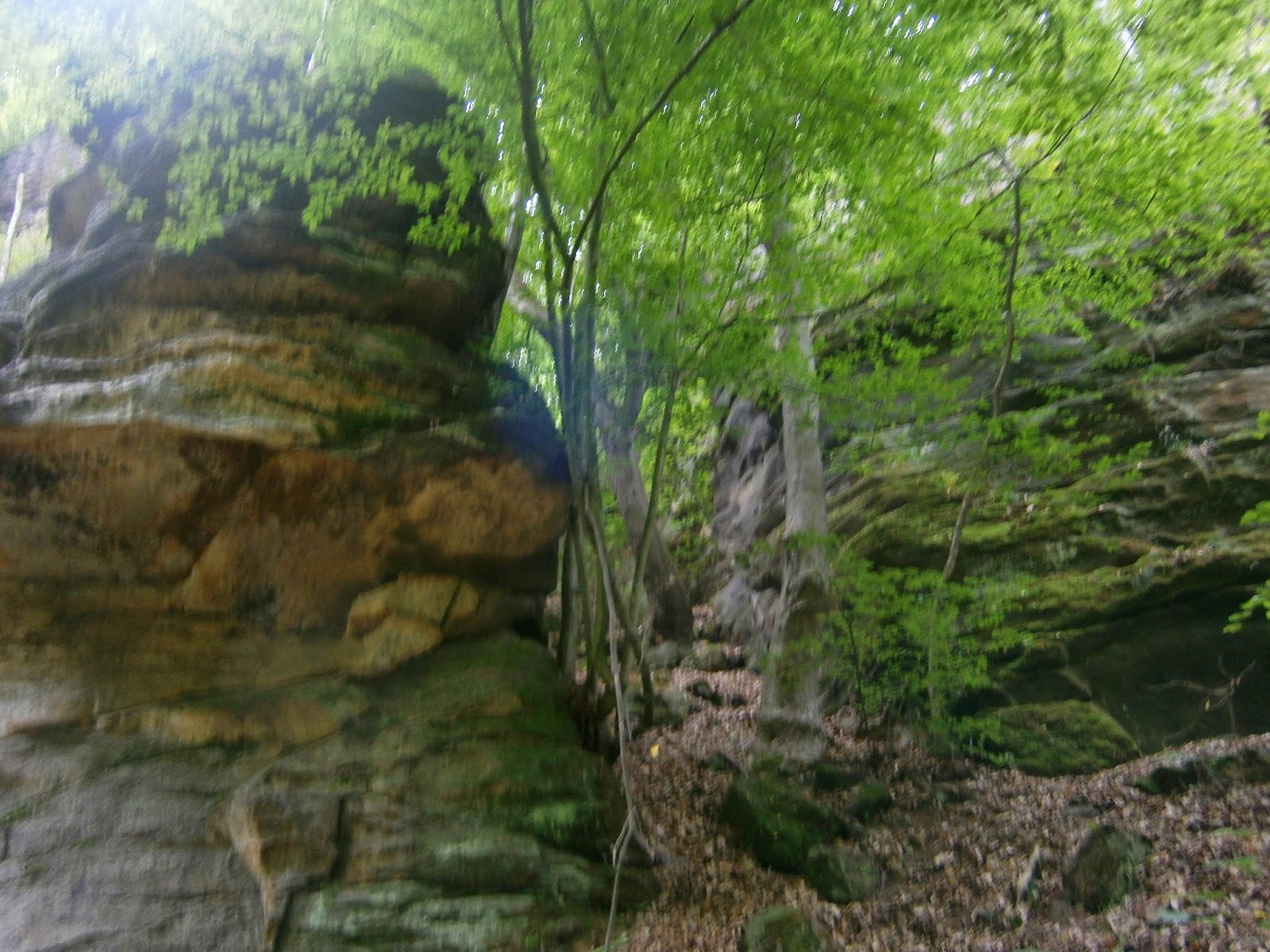Here, in what I assume was a stab at some 'nudge, nudge, wink, wink' post-modern deconstruction, here it all was - big, irrelevant and ugly as sin. And all lit up by this glaring light at the back of the stage that, as I said above, a stage hand must have forgotten to switch off. At first I thought something marvellous was about to happen back there. Perhaps a backdrop hinting at Valhalla or even a humble old everyday mountain - you know the ones the gods are supposed to be hanging out on. But when nothing happened and the light just shone and shone on what looked like a backstage rehearsal area, well, I started to worry that a stage-hand had forgotten to throw a switch and that perhaps I should tell someone because it was mightily distracting.
That said, there was not that much to be distracted from. The truly wonderful singers struggled through the limpest direction of singing-actors I've ever encountered. I did wonder, since producer Atom Egoyan is such a revered name in his home country's cinema, if perhaps he'd been a bit busy on a film-set somewhere and just phoned in his directions - what there was of them. Extraordinary artists like Christina Goerke as Brunnhilde were left to do the minimum of interacting with their fellow singers.
Act 2, to be honest, is tough for even a director like Harry Kupfer, who can ignite his singers into almost too much action or the late Patrice Chereau who could make actors out of the most immobile singer. Act 2 is long and repetitive and requires Wotan to spend most of the time giving us a "Previously on the Ring" monologue that lasts for about an hour. There is some extraordinarily beautiful music in that act but if the dramatic action does not feed into it, even that music sags and lags. Here in addition to all the tired design cliches mentioned above, all Egoyan gave us was Wotan digging Siegmund's grave or perhaps it was his own grave or the grave of his freedom or some equally tedious symbolism. Oh who cares? He just looked plain daft wielding his shovel. But this production did not on the whole even dare to be daft, it was just dull beyond belief.
I still held out some hope for Act 3. After all the Ride of the Valkyries and all that follows is rattling good theatre and Wotan's Farewell is one of the greatest pieces of music ever written. But producers rarely miss an opportunity to muck it up. There are exceptions. Seattle's Stephen Wadsworth actually had the temerity to TRUST Wagner and his stage directions and gave us a moment of great beauty and nobility. As did the much-maligned "traditional" Otto Schenk production at the Met. But 2 minutes into the "Ride" (and yes, it was the same hideous set and that light was still on) and I knew all was lost. It was time to beat a retreat before, yet again, that glorious, redemptive music was brought down to the level of a producer who can just about haul himself up to Wagner's big toe in terms of talent. I have never, ever missed the third act and I have sat through good, bad and atrocious Ring Cycles in Munich, London, Bayreuth, New York, Seattle and Vienna. Those last twenty minutes make me glad to be alive but tonight I knew they would be an unbearable travesty.
I love Canada and Canadians. I wanted to believe that a land whose culture is so enmeshed with the natural world, the climate and the elements would give us a Ring that reflected all that. But it was Seattle who managed that. Canada, instead, could claim the prize for "Ugliest Wagner Production Ever" and believe me I've seen some doozies.
As I left the theatre in search of a comforting cocktail, I was feeling sorry for all concerned. Sorry for those poor, wonderful singers who work so hard and bring such shining talent to the dimmest of productions. I was sorry for the orchestra, tucked away beneath the stage doing wonderful work and having it cancelled out by what was going on above them. I was sorry for the audience - all those wolfed-down dinners for the Wagnerian early-start, all those pretty dresses dry-cleaned and smart suits pressed, all those furrowed brows as the more generous, open-hearted among them struggled to show how open their minds were too as they gazed at the mess onstage. I was sorry for Wagner who gave us such beauty but that very beauty seems to drive people entrusted with his dramas to balance it with extreme ugliness. WHY????
But most of all I was sorry for me because as far as I know, I only get one life and well over half of it has gone by and still the rubbish Wagner productions keep coming. What I know for sure, as Oprah would say, is that this music has made my life better, bigger and more beautiful. And I've had a humble hope that I would be able to share that beauty in a theatre where the musical beauty would be matched onstage. But Atom Egoyan, Richard Jones and company, have other ideas. They have had those ideas for far too long. Back in the 1990s, the great British essayist, Bernard Levin, wrote an open letter in "The Times" asking Wagner singers, John Tomlinson and Deborah Polaski in the atrocious Richard Jones "Ring" why they did not just refuse to sing in such tripe. He did not get an answer. Twenty five years on and still the tripe keeps getting shovelled our way.
Oh and if I have made a horrible mistake and a stage hand really did leave that light on, well, I'm sorry for him or her too because, even in a country with strong unions and lenient employment laws, that must surely be a sackable offence.



